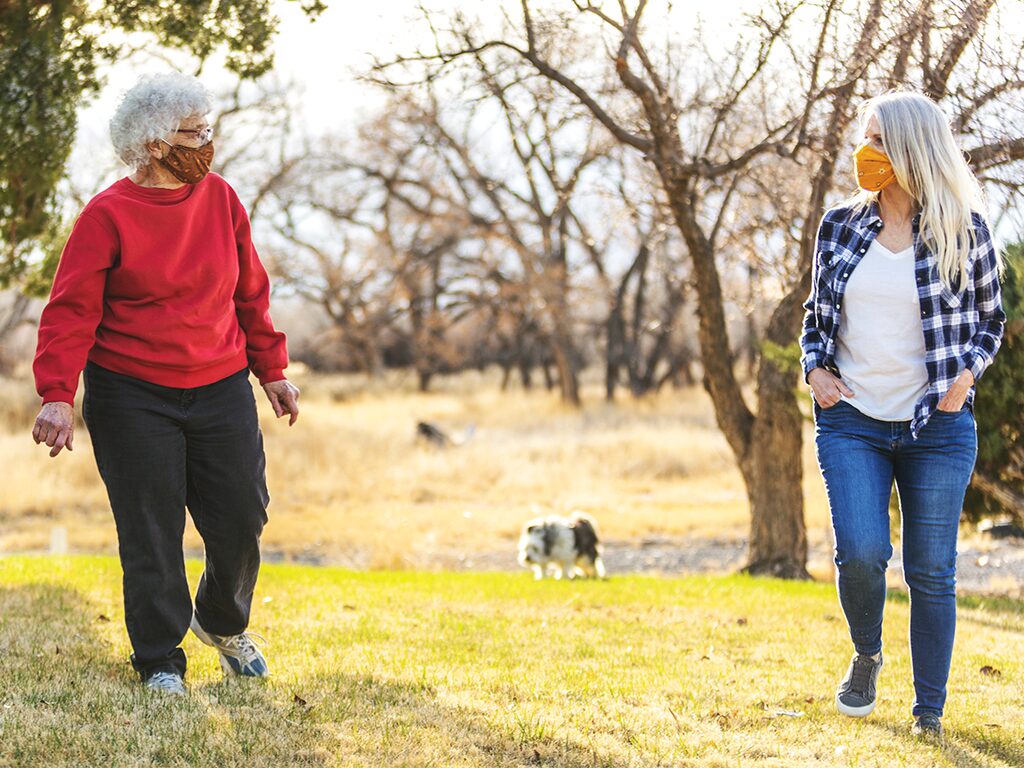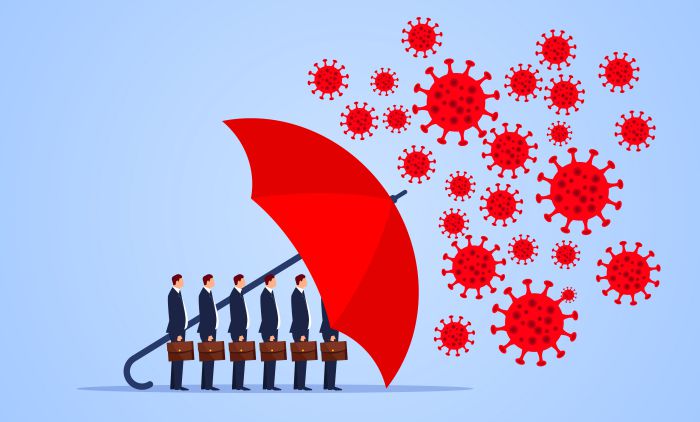
What consumer trends do we expect to emerge from COVID-19 and how will those changes affect the buying decisions we make and the priorities for retailers?
The global COVID-19 pandemic has turned consumerism, and life as we know it, upside down. Judging by the way consumers adapted to new circumstances looks like the newly established habits are here to stay and leave their mark on the ‘20s of the century. Many retailers who were hit hard by the outbreak started gauging the impact of the pandemic, trying to come up with new ways to accommodate the changes in consumer consumption standards. Many companies who survived the first shock wave are today holding by a thread trying not to close their doors forever. Consumers, on the other side, are trying to stay afloat managing their living expenses and adjusting to recent changes in their lifestyle.
E-commerce

A few years ago, Artificial Intelligence received a major boost in implementing itself more and more in daily life. Nowadays, while the pandemic is still ongoing, it’s on an even higher rise with everyone anxiously looking for no-contact interactions. Robotics has found its way to a traditional consumer rendering its services across the retail and food services. AI can shake-up a cocktail for you or deliver a pizza to your door, contact-free.
In the past few months, online shopping experienced a growth of more than 150%. Fashion retailers, DIY stores, and even grocery shops had an unprecedented increase in visitors’ traffic. The younger population was using the convenience of online purchases even before the outbreak started, but today’s retailers are seeing more and more senior citizens using the same services, adding to the websites’ traffic, mostly due to them being stuck in quarantine for months. Even in the past month when many ended their self-isolation, the trend of online shopping continues to rise.
Buying habits

As many countries are emerging from a lock-down, some consumers began visiting their favorite stores again. However, their spending habits have changed. Many customers are opting for cheaper products, trading off quality for quantity. Some resorted to online fast loans like Wonga, while others became tighter than two coats of paint. Furthermore, the shopping lists are almost exclusively made out of food and hygiene products. Customers have become very cautious when it comes to spending their hard-earned money for everyday purchases, leaving out everything but the essentials. Brick-and-mortar stores are experiencing major drops in profits with many thinking to either shut their doors or to turn to e-commerce exclusively. To keep a store up and running again with all expenses, rent and utility bills, and employees’ expenses, is just not profitable anymore. Not to mention that today every store, top to bottom, has to be sanitized, which only adds to already soaring costs.
The vast majority of customers want to avoid driving their cars, let alone to step their foot in public transport, in fear of catching the bug. Therefore, buying locally has never been so popular, with “mom & pop” businesses booming on every corner. Customers are engaging again in their local communities buying in the open markets, butcher stores, and flower shops. This resulted in many consumers having to manage their grocery shopping without some of their favorite food brands, including many imported foods. At the same time, customers started questioning themselves whether they really need all those products. This trend of local consumerism is starting to look like we’re back in the ‘70s and ‘80s, and we are yet to see if it’ll stick.
Socializing while maintaining safety measures

Recently, a large number of customers have become very safety-conscious. Fashion retailers have taken the biggest hit here, since trying out clothes is no longer considered safe. Even with the most precautionary measures, cleaning, sanitizing, and having their employees wear masks and surgical gloves, they still cannot find their ground in the new market. Grocery stores, on the other hand, are seen by the consumers as the safest shops, although they are still far below pre-set goals from the beginning of the year.
When lock-down was put in place in many countries, many people were forced to change their socializing habits. The first among many lifestyle changes was that people turned to spend more time with their families, cooking and eating together, watching movies, or chatting with their relatives on one of the social media platforms.
When the gyms closed, people immediately turned to exercise at home. Gym gear retailers have seen a spike in purchases for over 500% for the past few months. Sneakers, and Yoga and Pilates gear, are among the ones with the biggest increase in purchases.
Additionally, movie theatres are about to become a dying breed. Media products will likely continue to be purchased online, mostly through streaming services, which make existing movies, games, and TV obsolete. The technology sector has seen a great boost in sales, without any signs of slowing down any time soon.
Experience Economy

One of the most controversial trends in the so-called Virtual Experience Economy. This is a term first defined more than twenty years ago, meaning that customers’ experience is going to be the one that’s going to decide the price and quality of services. The more pleasurable the experience as a deciding factor, the higher the price. Well, we are almost past that now, since the technology is looking more and more like a runaway train. Today, due to the coronavirus outbreak, we have Virtual Economy Experience. What that means is that you can cruise down the Nile river, virtually. Or visit Japan during the cherry blossom festival, or go diving in the Great Barrier Reef, again, virtually. If your experience was satisfactory, you can give a high rating to the service. This puts travel agencies in dire straits with their old-fashioned approach showing customers good ol’ brochures.
These are some of the most obvious and important changes markets have seen for the past several months. Others, like virtual companions where people are actually seeking to be friends with chatbots, can be seen on the horizon and they are moving in fast. Coronavirus or not, retail and service industries are changing at the lightspeed rate. The ones who are quick enough to recognize that and adjust, are the ones who are going to stay in the race. Others are going to go down in history as the fallen strongholds of the old world.



